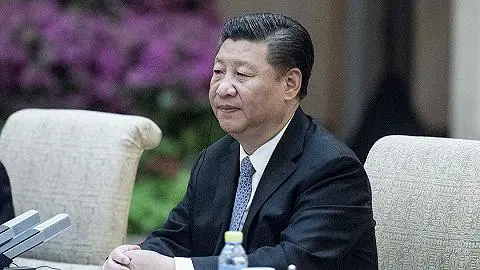The Academy of Internet Finance (AIF) of Zhejiang University released their 2017 Report on Bank Internationalization, in partnership with the International Monetary Institute (IMI) of Renmin University of China on Saturday.
Titled "East or West, Home is Best?— Are banks becoming more global or local?", This year's report did a comparative analysis on a wide range of banks.
Based on the newly modified Bank Internationalization Index (BII) in the report, among the five BRICS countries, Bank of China(BOC) ranked the first, the Standard Bank of South Africa ranked the 2nd, Bank of Baroda of India ranked the 3rd, VTB Bank of Russia ranked the 4th, while Bank Bradesco of Brazil ranked 16th.
Another Chinese bank, Industrial and Commercial Bank of China (ICBC) ranked the 5th.
“2016 has witnessed the sluggish recovery of the world economy and increasing policy uncertainty risks across the globe, China’s economy maintained a slower but stable performance.
With the supply-side structural reform pushing forward domestically, the Belt and Road Initiative, and cooperation with the BRICS economies were also strengthened," said professor Ben Shenglin, dean of AIF.
Professor Ben Shenglin interpreting the report at Renmin University/photo via IMI
New BII system to evaluate bank internationalization level
The 2017 report features a more succinct Bank Internationalization Index (BII), composed of 3 indicators: stock of overseas assets; performance of overseas operations; and global market layout.
The three indicators that make up the new Bank Internationalization Index (BII), made by AIF, Zhejiang University
The 2017 report draws from a diverse data set including 49 international banks in Europe, America, Asia and Africa.
The banks range from multinational banks with a large number of overseas assets to medium and small-sized shareholding commercial banks just starting to expand overseas.
In addition, while the previous reports mainly focused on Global Systematically Important Banks (G-SIBs), the current one also investigates Global Non Systematically Important Banks (G-NSIBs). “With such diversity, our dataset serves as a sound representative of global banks, hence the dynamics of BII index is a good reflection of the development of bank internationalization over the last decade,” Ben added.
The BII gap between the developed and the developing economies is still large but narrowing year on year
The report shows, the BII index has been fluctuating within a 23-26 range over the last decade, trending downwards in the aftermath of the financial crisis around 2009 but started picking up in 2013, followed by a slowdown in 2015 due to the sluggish global economy.
AIF, Zhejiang University
Banks from developed economies have maintained a stable and high level of internationalization. The BII score of the developed economies is about four times of that of the developing economies.
As developing economies have been catching up with remarkable achievements, the gap has been narrowing gradually year on year.
European banks performed best on internationalization, Banco Santander of Spain stood out
On the whole, the top 10 banks of 2016 BII index ranking are either G-SIBs or those from developed economies, heavily dominated by European banks.
In terms of global leadership, the G-SIBs are proven to be dominating the internationalization development, remaining on top of the BII ranking consistently, and scoring almost 2.5 times that of G-NSIBs.
Within the G-SIBs, Banco Santander in Spain has performed extraordinarily. G-SIBs from Germany, Switzerland, Sweden and Holland have all outperformed those from the UK and the US. When it comes to G-NSIBs, banks from Canada and Singapore stood out.
BOC tops the BII ranking among BRICS
Nearly all the G-SIBs are from developed economies, with China as the only one exception. The report says the four big state-owned banks, BOC, China Construction Bank (CCB), Agricultural Bank of China (ABC),and ICBC have proven to be more influential and better recognized globally than their peers from developing economies.
“China’s big five" have remained stable and robust, relatively speaking, in accord with China’s further opening and Chinese enterprises’ striving for global expansion.
Within the BRICS, India and South Africa each have three banks in the top 10; while both China and Russia have two banks. But the disparity is less obvious among the developing economies with BRICS economies receiving a mean BII value of 10.38.
AIF, Zhejiang University
“With the trend of New Finance, referring to the booming Fintech, digital finance, AI (Artificial Intelligence), the whole finance industry is going through a significant transformation, traditional banks already feel the need and urgency to cooperate with IT industry, and in the future the methods of internationalization will also change dramatically.” professor Ben stressed.
(CGTN)
 简体中文
简体中文

